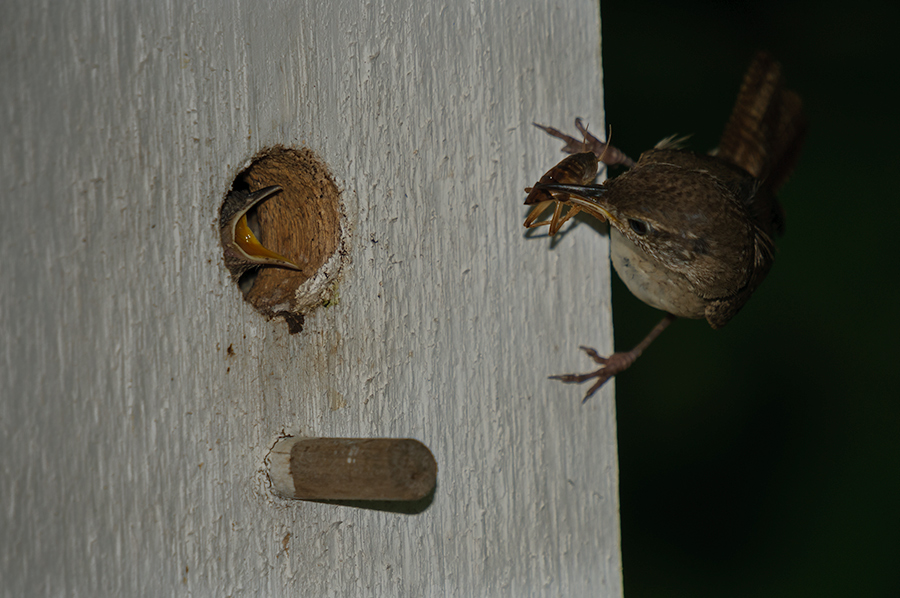
Beside having great fun to paddle the Upper Iowa River last weekend another area drew our attention Saturday evening. Cardinal Marsh State Wildlife Area in Winneshiek County was not very far away from our campsite. I read about some interesting bird sightings there recently and wanted to find and explore it while we visited the area.

We saw geese, herons, several shore birds, and probably a vireo, most of them far away, and we didn’t have enough time before sunset to make a halfway decent approach to get closer. The marsh with its ponds and meadows is definitely a place I like to revisit with more time on-hand.
It was a great delight for us to discover a couple of Sandhill Cranes and I got totally excited when they started to perform one of their their dancing displays, which lasts about thirty seconds. Here is what I found about it on the website of the National Wildlife Federation:
>> Sandhill cranes mate for life. When they form a pair bond, it can last for years until one of the cranes dies. After a mate passes away, the surviving crane will seek out a new mate. In the early spring, as sandhill cranes are migrating to their breeding grounds, single cranes will start pairing up. A sandhill crane pair performs unison calling to create a bond. When the pair reaches the northern breeding grounds, they mate and build a nest. During mating, sandhill cranes perform dancing displays. Although the dancing is most common in the breeding season, the cranes can dance all year long. Sometimes the dance involves wing flapping, bowing, jumps and simply playing around. They might also throw a stick or some plants into the air. <<

Many of us have probably seen this ritual on TV sometime, but seeing it in real time was a very emotional moment for us. Technically seen, today’s photos are far from even my “amateur standards”. Distance and the short time window just before sunset have set the limits to work the subject harder. This is the best a Sigma 50-500 can perform under the circumstances and the photos are even a little bit cropped. It is the story telling of these images in a wonderful soft and warm light why I like to show them anyway. I hope you enjoy!






















